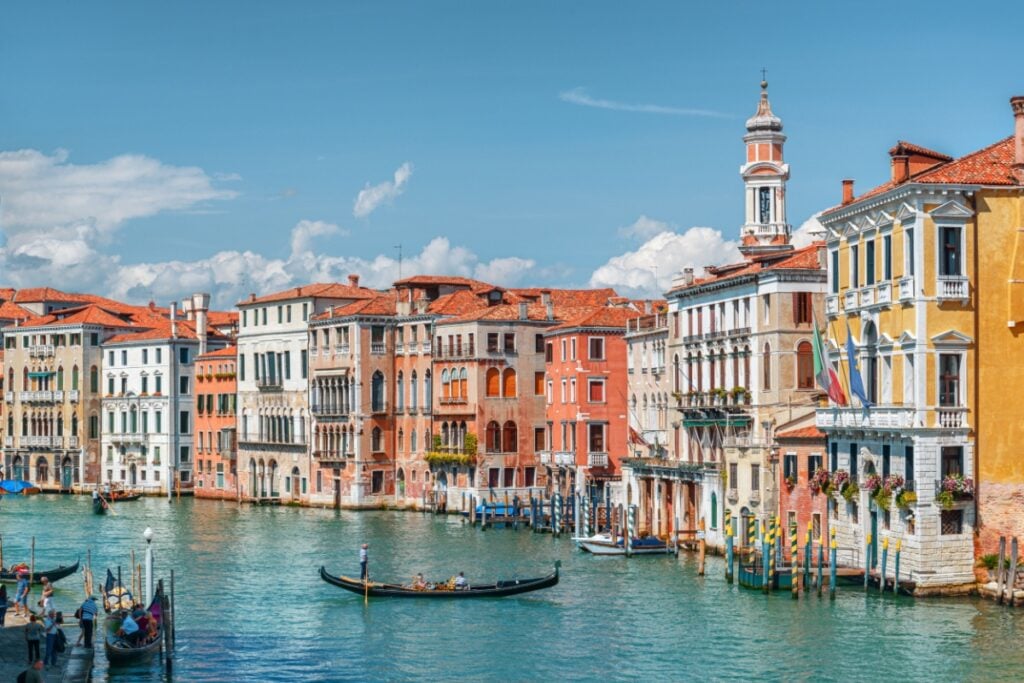Europe’s tourism industry has entered 2025 in stronger shape than many expected, with travel demand holding up despite persistent price pressures and extreme weather. According to the latest quarterly report from the European Travel Commission (ETC), international arrivals to Europe in the year to date are up 3% compared with last year, while overnight stays have increased by 2.7%. Travellers are also dedicating a larger share of their budgets to holidays: travel expenditure is projected to represent 3.1% of total consumer spending in Europe this year, above both 2024 levels and the 2010–2019 average.
Inflation in tourism-related services is gradually easing, yet prices for flights, accommodation and local services remain well above pre-pandemic levels. Rather than cancelling trips, many consumers are shortening stays, adjusting destinations or opting for cheaper lodging. Record summer heatwaves and capacity constraints at popular sites have not deterred demand; instead, they are reshaping where and when people travel within Europe.
Destination Performance Across Europe
Most destinations across the continent reported another solid summer season. Out of 34 reporting countries, 30 registered growth in arrivals and/or overnight stays compared with the previous year, underlining the breadth of the recovery. In the Southern Mediterranean, markets such as Malta (+12%), Cyprus (+10%), Spain (+4%) and Portugal (+2%) benefited from strong leisure demand and continued popularity among international visitors.
In Northern Europe, demand for cooler climates and nature-based experiences remained elevated. Norway recorded a 14% jump in arrivals, while Iceland posted a smaller but positive increase of 3%. In Central and Eastern Europe, destinations including Poland (+13%) and Hungary (+9%) continue to draw cost-conscious travellers attracted by competitive prices. Neighbouring markets such as Finland, Latvia and Estonia also posted gains, reinforcing the view that value and perceived safety are influencing destination choices.
Not all markets performed equally well. Germany saw arrivals fall by about 2%, reflecting a normalisation after the boost from last year’s major football tournament, while Türkiye experienced a 1% decline in reported arrivals as rising local costs and currency volatility eroded part of its price advantage. Even so, the mix of destinations across climate zones and price segments is helping Europe absorb shocks and maintain a stable flow of visitors.
Digital Tools And Changing Traveller Behaviour
Beyond headline volumes, the ETC report points to shifts in how and when people travel. Weather-related disruptions, crowding in landmark cities and limited capacity at peak times are all influencing consumer decisions. Survey data from eight key source markets shows that 28% of respondents intend to move at least some trips to different months over the next two years, mainly to avoid heat, reduce costs and escape heavy crowds. This gradual shift is extending demand into the shoulder seasons, easing pressure on the most popular summer weeks.
Technology is playing a central role in these adjustments. The share of travellers who use artificial intelligence (AI) tools for trip planning has nearly doubled, from 10% last year to 18% in 2025. As online travel agencies and booking platforms roll out their own AI assistants, these tools are expected to exert growing influence on destination choice, travel timing and spending patterns, helping travellers identify better prices and avoid the most congested periods.
Long-Haul Recovery And Outlook For 2026
The report confirms that long-haul markets are steadily returning to Europe. Arrivals from Japan are up 24% year-on-year, supported by improved air connectivity and a firmer yen, while travel from China has increased by 21% as younger travellers resume international trips. Despite these gains, more than 75% of reporting European destinations still receive fewer visitors from these markets than before COVID-19, leaving significant scope for further recovery. The United States market remains a pillar of demand: arrivals are 5% higher than a year ago and stand roughly 35% above pre-pandemic levels, backed by strong transatlantic air capacity and high-spending leisure and business travellers.


